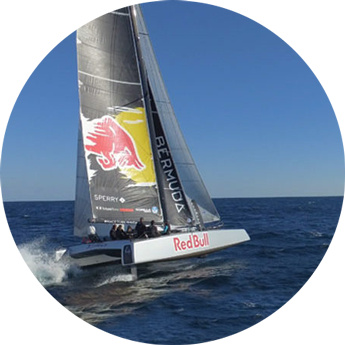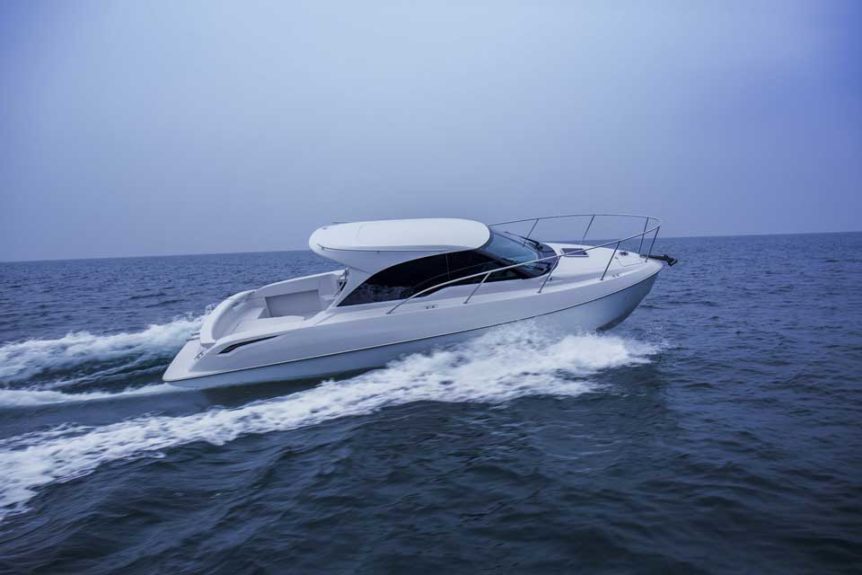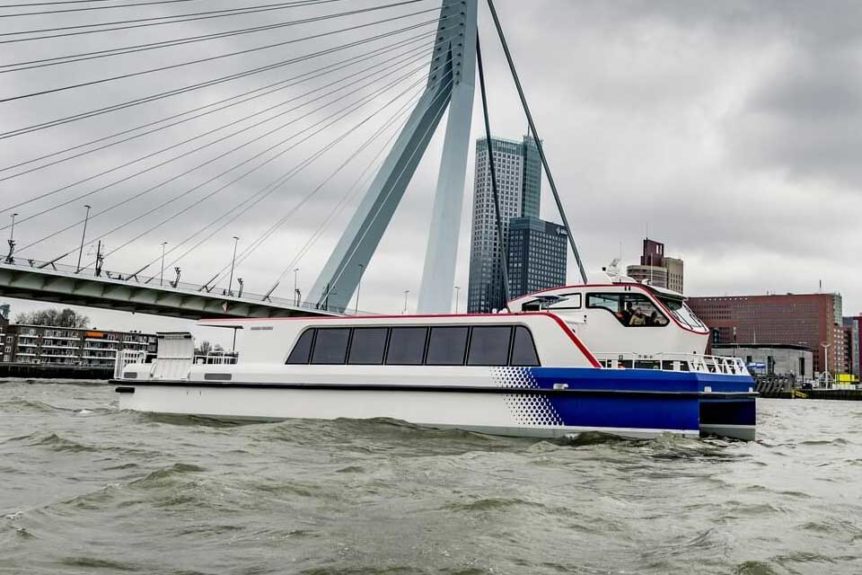Marine
In 1941, five years after DuPont introduced polyester resin, the first modern composite boat was built. Composite building methods became standard on an ever-larger scale through the 1960s. Certain basic materials, such glass fibers and resins constituted technology that boatbuilders are now experts in. Fabricators today use composites on everything from ferries and boats to submarines and naval vessels.
Properties and Benefits
- Durability in extreme environments
- Corrosion resistance
- Bonds well with other materials
- Lightweight
- Faster construction times
- Low maintenance
- Flexible in terms of color, shape and texture
- Ability to be made fire-resistant
- High strength-to-weight and stiffness-to-weight ratios
- Low thermal conductivity
- Low electrical conductivity
- Long lifespans
Applications
- Hulls
- Decks
- Railings
- Radar domes
- Hatches
- Rudders
- Fittings
Case Studies
Boston Whaler Outrage 420
Boston Whaler wanted to expand its line of fishing and pleasure boats to include the Outrage 420. The company found a solution in the manufacturing process for large composite blades used in wind turbines.
Gold Coast Yachts B53 Catamaran
When a sailing couple in Seattle wanted a sleek new catamaran, Gold Coast Yachts opted for CFRP to create the strong yet lightweight craft. The new B53 catamaran, a 53-foot, high-performance yacht, is made entirely of carbon fiber reinforced polymer. Learn More
Lexus Sports Yacht Concept
In early 2017, Lexus launched its new 42-foot Sport Yacht Concept. The design of the Sport Yacht concept seamlessly bonds the hand-laid woven carbon fiber composites upper deck and outer around the yacht’s inner structure.




